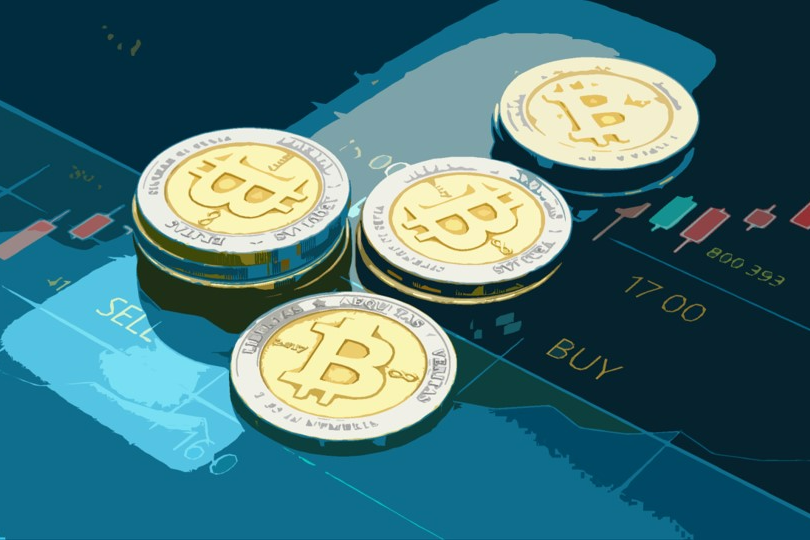2023-05-22

The latest
report compiled by Dgtl Assets’ Done Analytics reveals a significant surge in
fees paid for minting Bitcoin Ordinals, with a staggering increase of 700%
since April. On May 20th, fees totaling 1,414 BTC or $38.2 million were paid,
indicating a remarkable rise of 831% since April 1st, respectively.

Ref: Bitcoin Ordinals Analysis (dune.com)
Data
suggests that despite the growing interest in Bitcoin NFTs, most of the influx
in Bitcoin Ordinals usage has shifted towards saving messages linked to images,
rather than monetary balances, from February to April.
BitKeep's
wallet describes Bitcoin Ordinals as "a numbering system that assigns a
unique number to each individual SAT (Satoshi, or 1/100 million of a Bitcoin),
enabling its tracking and transfer." By combining the inscription process,
which adds an additional layer of data to each satoshi, users can mint
distinctive digital assets on the Bitcoin blockchain.
It's
important to note that Bitcoin Ordinals differ from traditional NFTs, which are
typically created using smart contracts and hosted on solutions like IPFS
(InterPlanetary File System). BitKeep developers clarify that Ordinals reside
entirely on the Bitcoin blockchain and do not require a sidechain or separate token.
In January
2023, Web3 developer Rodarmor introduced the Bitcoin Ordinal theory framework.
Building upon this, Web3 developer domo created the BRC-20 Bitcoin token
standard in March 2023, incorporating both Ordinals and inscriptions to
facilitate the creation and management of token contracts, token minting, and
token transfers on the Bitcoin network.
Since then,
more than 8 million Bitcoin Ordinals have been minted, accompanied by the
creation of 24,677 BRC-20 tokens, boasting a total market cap of $612.5
million. On May 20th, cryptocurrency exchange OKX announced the listing of the
Ordinals (ORDI) BRC-20 token, which boasts a market cap exceeding $300 million.
Photo Credit: Link